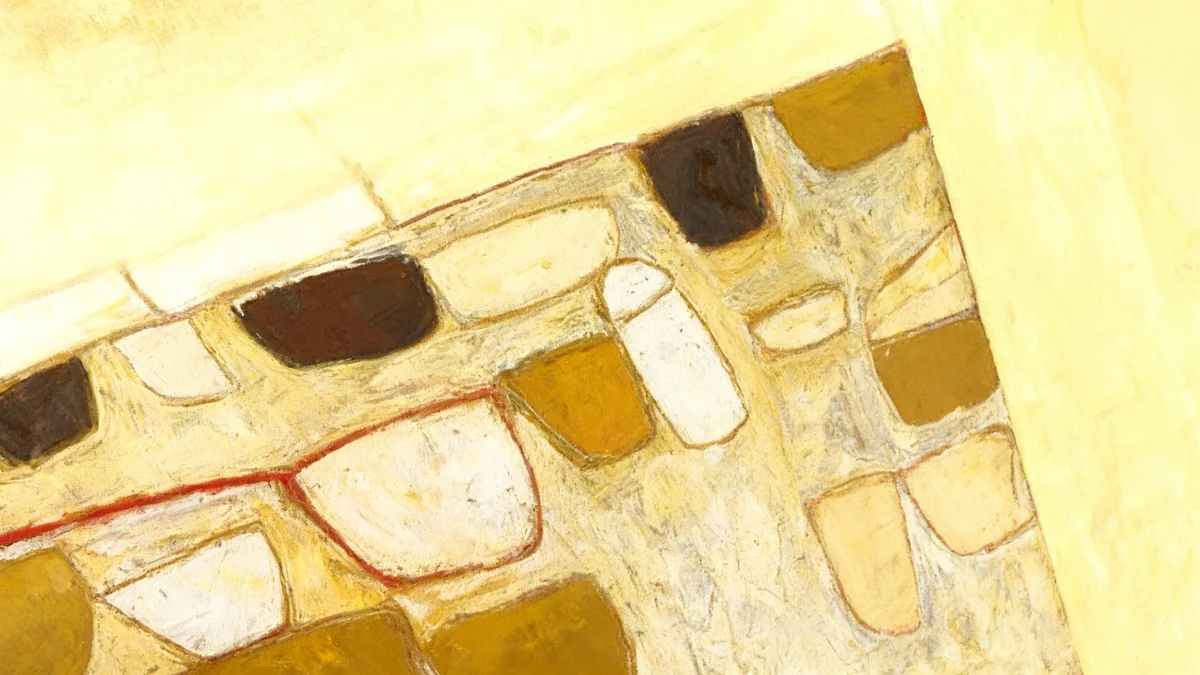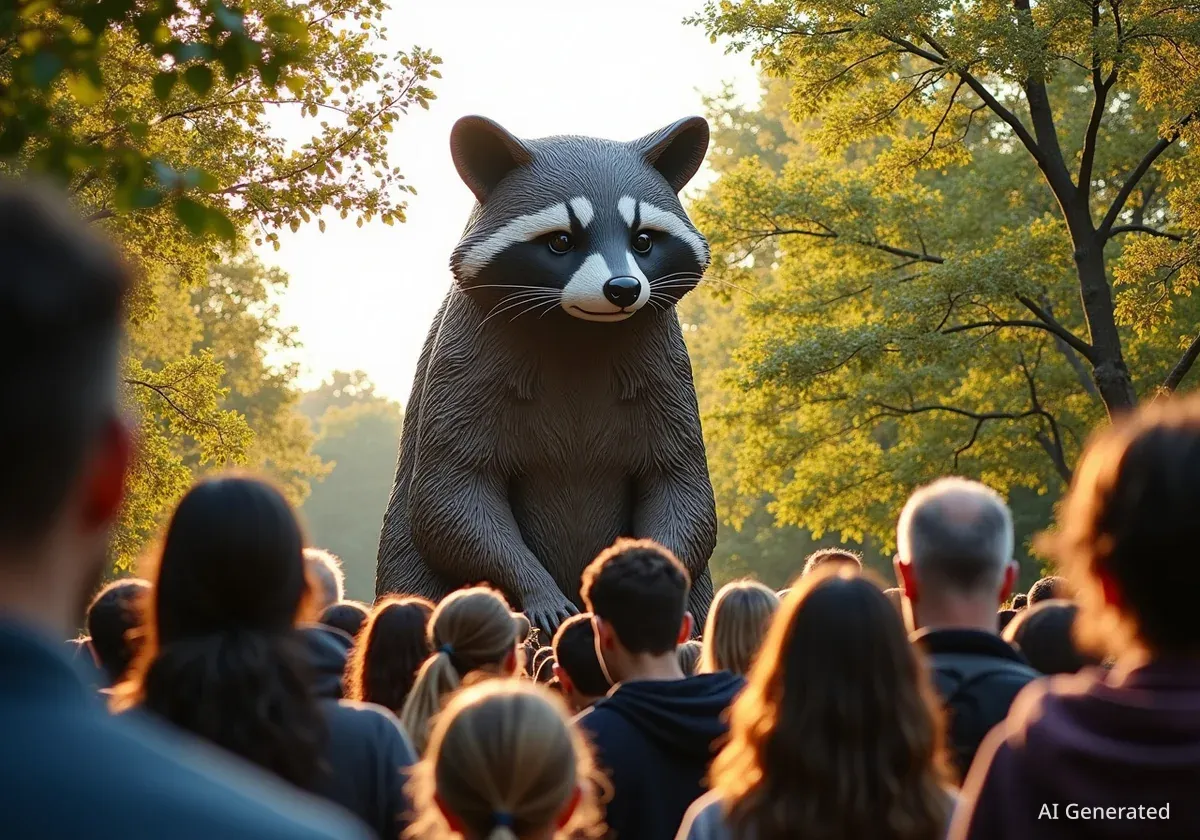The urban environment, often seen as mundane, is being reimagined into a vibrant playground by street artist Tom Bob. His distinctive art transforms ordinary city fixtures like pipes, poles, and manholes into whimsical, colorful characters, injecting humor and surprise into everyday streets.
Key Takeaways
- Tom Bob is a renowned street artist.
- He transforms urban objects into playful art.
- His process is inspired by the objects themselves.
- He found inspiration globally using Google Maps during lockdown.
- Street art is considered a democratic and influential art form.
Bringing Life to City Fixtures
Tom Bob's work stands out because it does not simply add art to a wall. Instead, it interacts directly with the existing urban landscape. A bent pipe becomes the arm of a cartoon character. A manhole cover morphs into a creature's eye. This approach makes his art feel like a natural extension of the city itself.
His pieces are often found in unexpected places, creating moments of joy for passersby. They challenge perceptions of what art can be and where it can exist. The artist's vision turns gray infrastructure into a canvas of imagination.
Interesting Fact
Tom Bob compares his creative process to that of Michelangelo, stating that he often feels like he is revealing what is already hidden within an object, rather than imposing his will upon it.
The Creative Process Behind the Whimsy
The artist explains that his creative process is deeply intuitive. Each object he encounters guides his artistic vision. He does not force an idea onto a structure; instead, he allows the structure to inspire the character or scene that emerges.
This method ensures that each piece is unique and perfectly integrated into its surroundings. The result is a seamless blend of urban decay and imaginative artistry. It highlights the potential for beauty in overlooked elements.
"Each object guides my vision. It often feels like revealing what was already hidden inside, much like Michelangelo’s approach to sculpture."
Global Inspiration from Lockdown
During the global Covid lockdown, Tom Bob found a new way to explore cities and gather inspiration. He turned to Google Maps, virtually traveling the world to discover hundreds of potential canvases. This digital exploration allowed him to identify unique urban objects from diverse locations.
This period of remote research broadened his scope and provided a vast library of ideas. It demonstrates how artists adapt to challenges, finding new tools and methods to continue their creative work.
Background on Street Art
Street art has evolved significantly over the past two decades. It is now widely recognized as a powerful form of public expression. Artists often use public spaces to convey messages, spark dialogue, or simply bring beauty to everyday life. Its accessibility makes it a democratic art form, reaching audiences who might not visit traditional galleries.
The Democratic Spirit of Street Art
Tom Bob views street art as the most democratic and influential art movement of the past two decades. Its public nature means it is accessible to everyone, regardless of socioeconomic status or art education. This inclusivity is a core value for the artist.
While not every piece he creates receives official approval, he remains committed to creating art wherever possible. He believes in the open spirit of public expression. This dedication ensures that city streets continue to be enlivened by his imaginative works.
Impact on Urban Environments
- Enhances Aesthetics: Transforms drab urban elements into colorful, engaging art.
- Sparks Joy: Provides unexpected moments of happiness for city residents and visitors.
- Encourages Interaction: Prompts people to look at their surroundings differently.
- Promotes Dialogue: Opens discussions about public space, art, and creativity.
- Fosters Community: Creates shared experiences and points of interest for local communities.
The artist's work reminds us that art is not confined to galleries. It exists all around us, waiting to be discovered or, in Tom Bob's case, brought to life. His contributions make urban spaces more vibrant and foster a sense of shared wonder.
His playful interventions serve as a constant reminder that creativity can flourish even in the most unexpected places. They challenge the notion of what defines a city, transforming it from a mere collection of buildings into a dynamic, interactive canvas.




